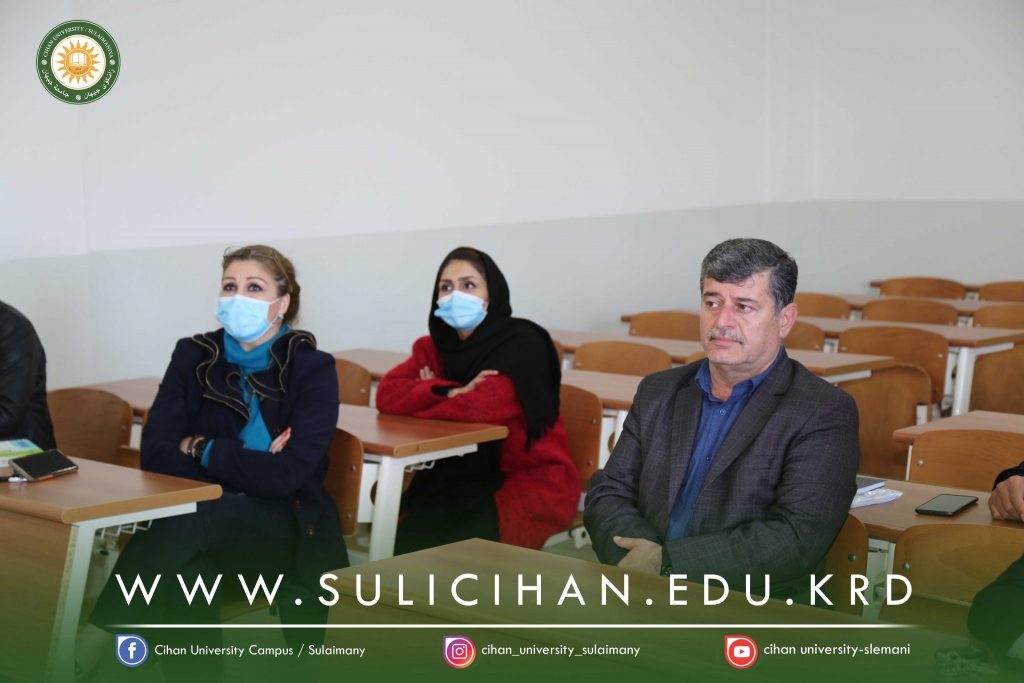
Drinking water is essential for life, but it is also an excellent medium for transmission of numerous waterborne infections such as cholera, typhoid fever, infectious hepatitis, amoebic and bacillary dysentery. Chlorination is the most commonly used treatment method for water safety. However, many different species of bacteria are known to develop resistance to chlorine. The increased prevalence of bacterial contamination of water storage tanks was linked to the loss of residual disinfectant activity and prolonged storage time. The danger of contaminated water is not only restricted to the emergence of chlorine resistant bacteria, but chlorine resistance can lead to cross resistance to commonly used antibiotics. Furthermore, the water distribution systems are known to harbor biofilms even in the continuous presence of disinfectants. It is now accepted that microbial biofilms in drinking water distribution networks and water storage tanks can lead to the deterioration of water quality and pose a substantial threat to public health International water quality standards depend mainly on the detection of total and fecal coliform Escherichia coli in pre- and post-chlorination. While chlorination effectively eliminates fecal coliform E. coli. However, other microbial species including Enterobacter spp. and Citrobacter freundii have been reported to be detected post-chlorination, very likely these resistant microbes are harbored in biofilms on water pipes and tanks. Alarmingly, some of these Enterobacter spp were found to be multidrug resistant (MDR), which can cause healthcare-associated infections. A study conducted in the USA between 1995-2002, found that Enterobacter spp. are the significant cause of nosocomial bloodstream infections. Two of the well- known Enterobacter spp, E. aerogenes and E. cloacae, are considered clinically important. The provision of safe drinking water is one of the major challenges of the 21st century. Due to the water shortage, in Kurdistan and most of Iraqi cities, people rely on rooftop storage tanks, which are directly exposed to sunlight and provides suitable growth condition for bacteria. In Iraq, public health authorities assess the microbial content in water samples using the Most Probable Number (MPN) method. This method relies on detection of fecal coliform E. coli, and it does not take commonly found environmental contaminate Enterobacter spp. into consideration. Therefore, the aim of this seminar is to assess the extent of contamination by lactose fermenter E. coli and E. cloacae in water storage tanks in Sulaymaniyah city. Furthermore, to highlight the ability of E. cloacae to resist chlorine and antibiotic resistance as well as biofilm formation
.










